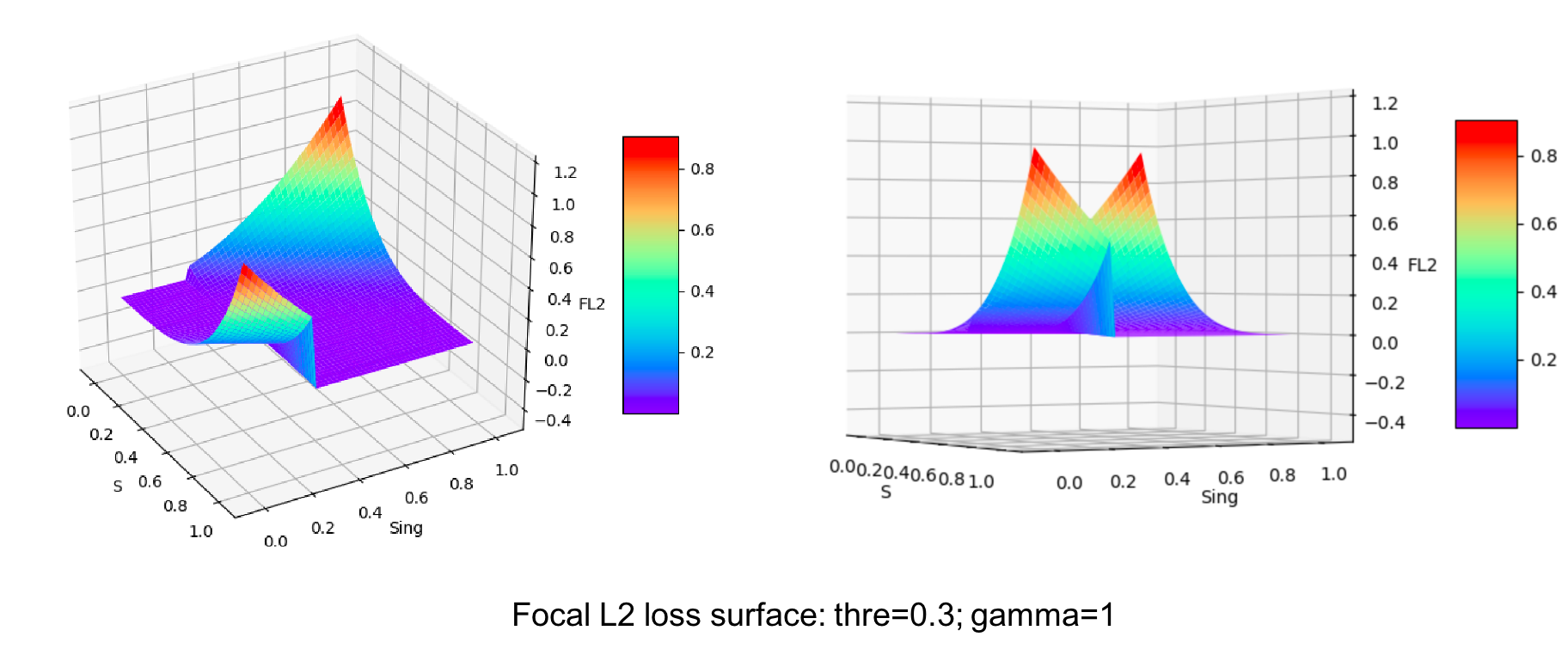hellojialee / Improved Body Parts
Programming Languages
Projects that are alternatives of or similar to Improved Body Parts
SimplePose
Code and pre-trained models for our paper, “Simple Pose: Rethinking and Improving a Bottom-up Approach for Multi-Person Pose Estimation”, accepted by AAAI-2020.
Also this repo serves as the Part B of our paper "Multi-Person Pose Estimation Based on Gaussian Response Heatmaps" (under review). The Part A is available at this link.
-
[ ] Update
A faster project is to be released.
Introduction
A bottom-up approach for the problem of multi-person pose estimation.
Contents
- Training
- Evaluation
- Demo
Project Features
- Implement the models using Pytorch in auto mixed-precision (using Nvidia Apex).
- Support training on multiple GPUs (over 90% GPU usage rate on each GPU card).
- Fast data preparing and augmentation during training (generating about 40 samples per second on signle CPU process and much more if wrapped by DataLoader Class).
- Focal L2 loss.

- Multi-scale supervision.
- This project can also serve as a detailed practice to the green hand in Pytorch.
Prepare
-
Install packages:
Python=3.6, Pytorch>1.0, Nvidia Apex and other packages needed.
-
Download the COCO dataset.
-
Download the pre-trained models (default configuration: download the pretrained model snapshotted at epoch 52 provided as follow).
Download Link: BaiduCloud
Alternatively, download the pre-trained model without optimizer checkpoint only for the default configuration via GoogleDrive
-
Change the paths in the code according to your environment.
Run a Demo
python demo_image.py
Inference Speed
The speed of our system is tested on the MS-COCO test-dev dataset.
- Inference speed of our 4-stage IMHN with 512 × 512 input on one 2080TI GPU: 38.5 FPS (100% GPU-Util).
- Processing speed of the keypoint assignment algorithm part that is implemented in pure Python and a single process on Intel Xeon E5-2620 CPU: 5.2 FPS (has not been well accelerated).
Evaluation Steps
The corresponding code is in pure python without multiprocess for now.
python evaluate.py
Results on MSCOCO 2017 test-dev subset (focal L2 loss with gamma=2):
Average Precision (AP) @[ IoU=0.50:0.95 | area= all | maxDets= 20 ] = 0.685
Average Precision (AP) @[ IoU=0.50 | area= all | maxDets= 20 ] = 0.867
Average Precision (AP) @[ IoU=0.75 | area= all | maxDets= 20 ] = 0.749
Average Precision (AP) @[ IoU=0.50:0.95 | area=medium | maxDets= 20 ] = 0.664
Average Precision (AP) @[ IoU=0.50:0.95 | area= large | maxDets= 20 ] = 0.719
Average Recall (AR) @[ IoU=0.50:0.95 | area= all | maxDets= 20 ] = 0.728
Average Recall (AR) @[ IoU=0.50 | area= all | maxDets= 20 ] = 0.892
Average Recall (AR) @[ IoU=0.75 | area= all | maxDets= 20 ] = 0.782
Average Recall (AR) @[ IoU=0.50:0.95 | area=medium | maxDets= 20 ] = 0.688
Average Recall (AR) @[ IoU=0.50:0.95 | area= large | maxDets= 20 ] = 0.784
Training Steps
Before training, prepare the training data using ''SimplePose/data/coco_masks_hdf5.py''.
Multiple GUPs are recommended to use to speed up the training process, but we support different training options.
-
[x] Most code has been provided already, you can train the model with.
- 'train.py': single training process on one GPU only.
- 'train_parallel.py': signle training process on multiple GPUs using Dataparallel.
- 'train_distributed.py' (recommended): multiple training processes on multiple GPUs using Distributed Training:
python -m torch.distributed.launch --nproc_per_node=4 train_distributed.py
Note: The loss_model_parrel.py is for train.py and train_parallel.py, while the loss_model.py is for train_distributed.py and train_distributed_SWA.py. They are different in dividing the batch size. Please refer to the code about the different choices.
For distributed training, the real batch_size = batch_size_in_config* × GPU_Num (world_size actually). For others, the real batch_size = batch_size_in_config*. The differences come from the different mechanisms of data parallel training and distributed training.
Referred Repositories (mainly)
- Realtime Multi-Person Pose Estimation version 1
- Realtime Multi-Person Pose Estimation version 2
- Realtime Multi-Person Pose Estimation version 3
- Associative Embedding
- NVIDIA/apex
Recommend Repositories
Faster Version: Chun-Ming Su has rebuilt and improved the post-processing speed of this repo using C++, and the improved system can run up to 7~8 FPS using a single scale with flipping on a 2080 TI GPU. Many thanks to Chun-Ming Su.
Citation
Please kindly cite this paper in your publications if it helps your research.
@inproceedings{li2020simple,
title={Simple Pose: Rethinking and Improving a Bottom-up Approach for Multi-Person Pose Estimation.},
author={Li, Jia and Su, Wen and Wang, Zengfu},
booktitle={AAAI},
pages={11354--11361},
year={2020}
}



